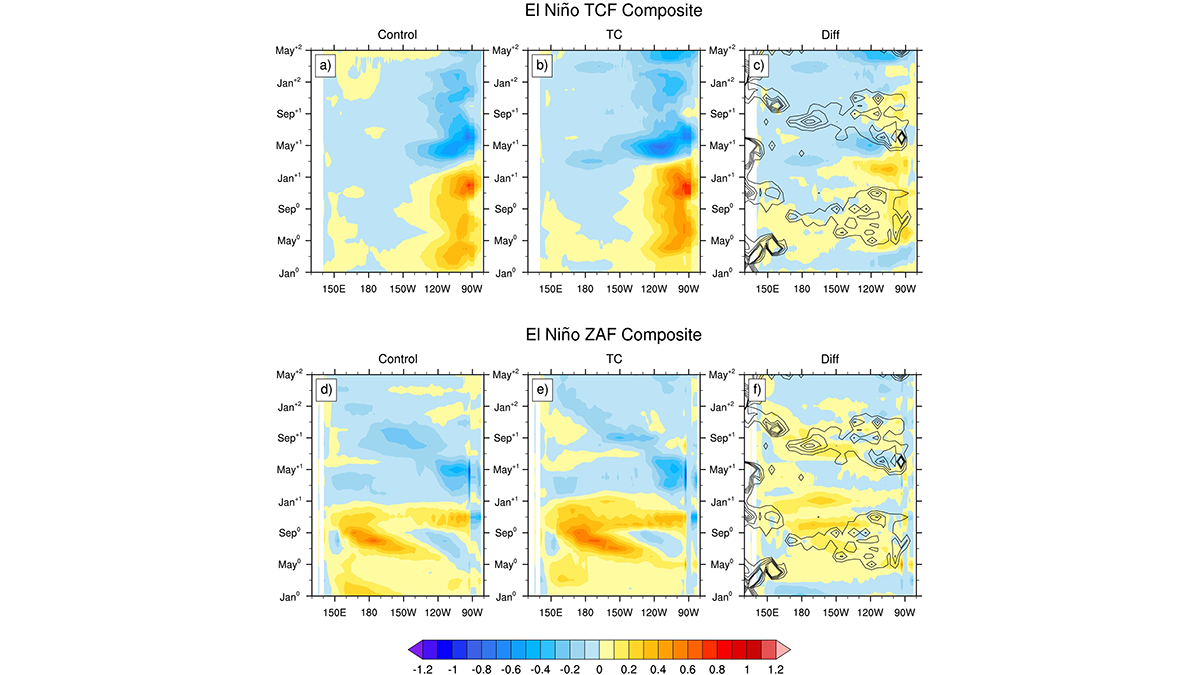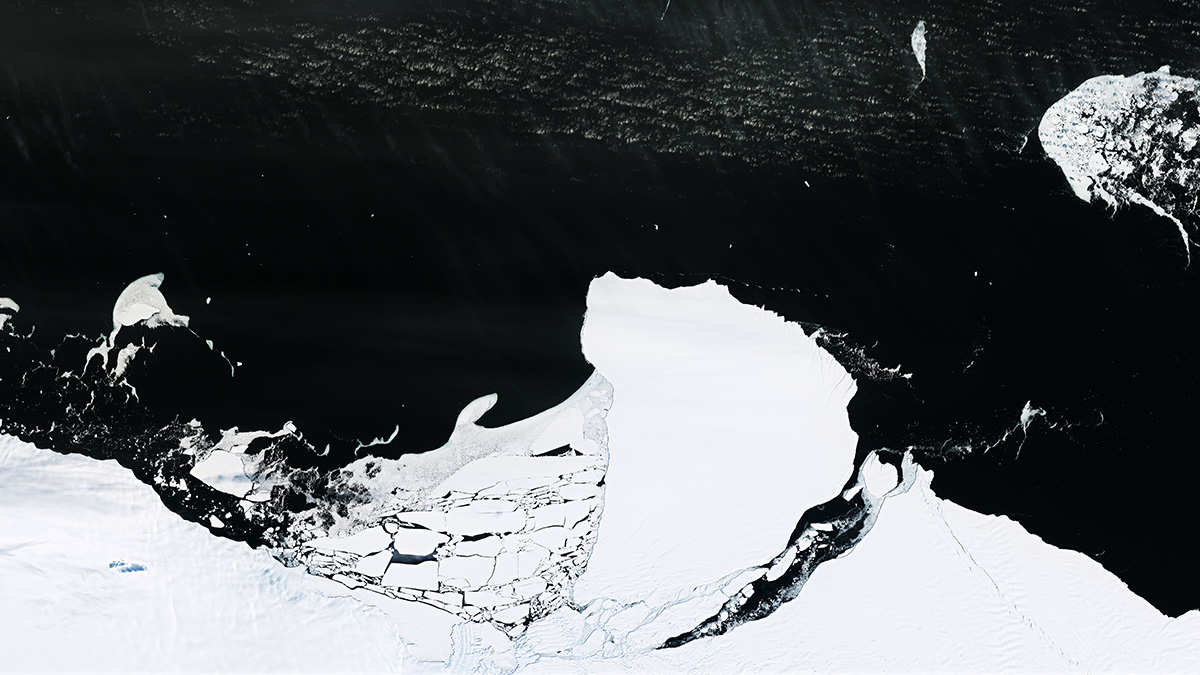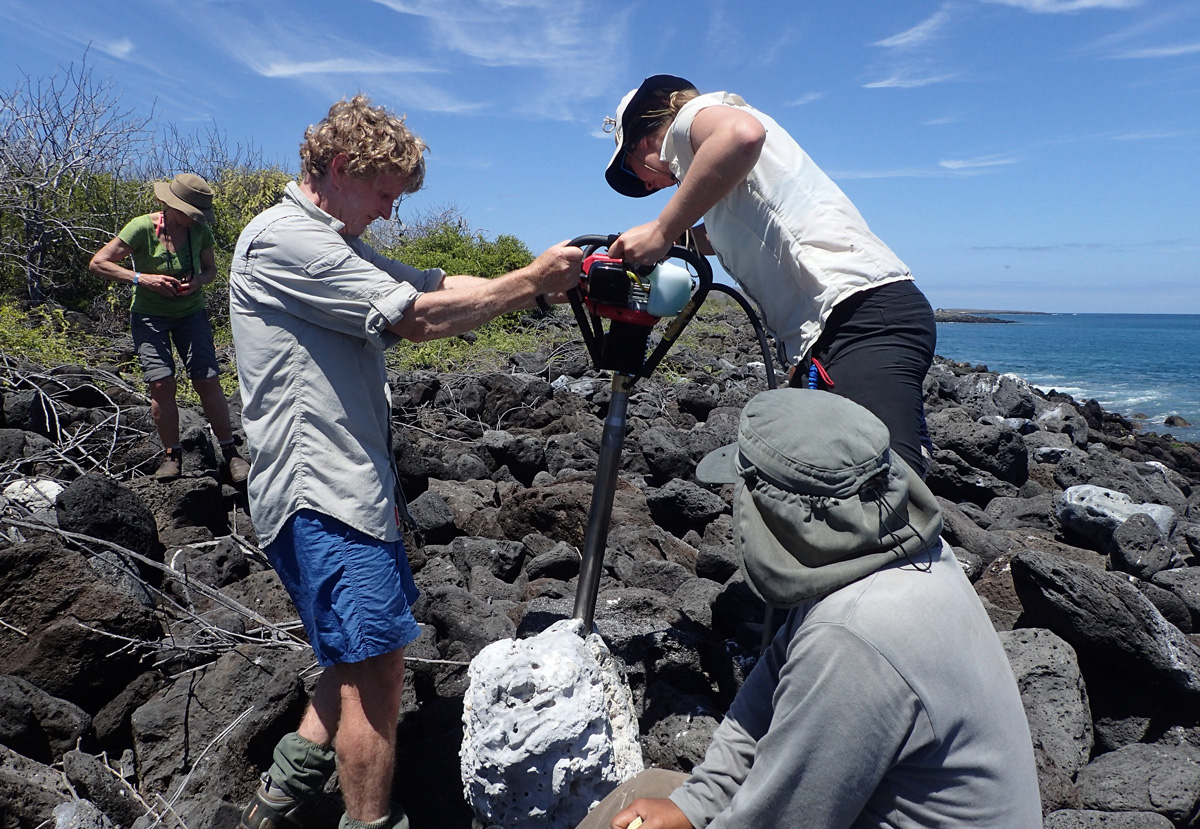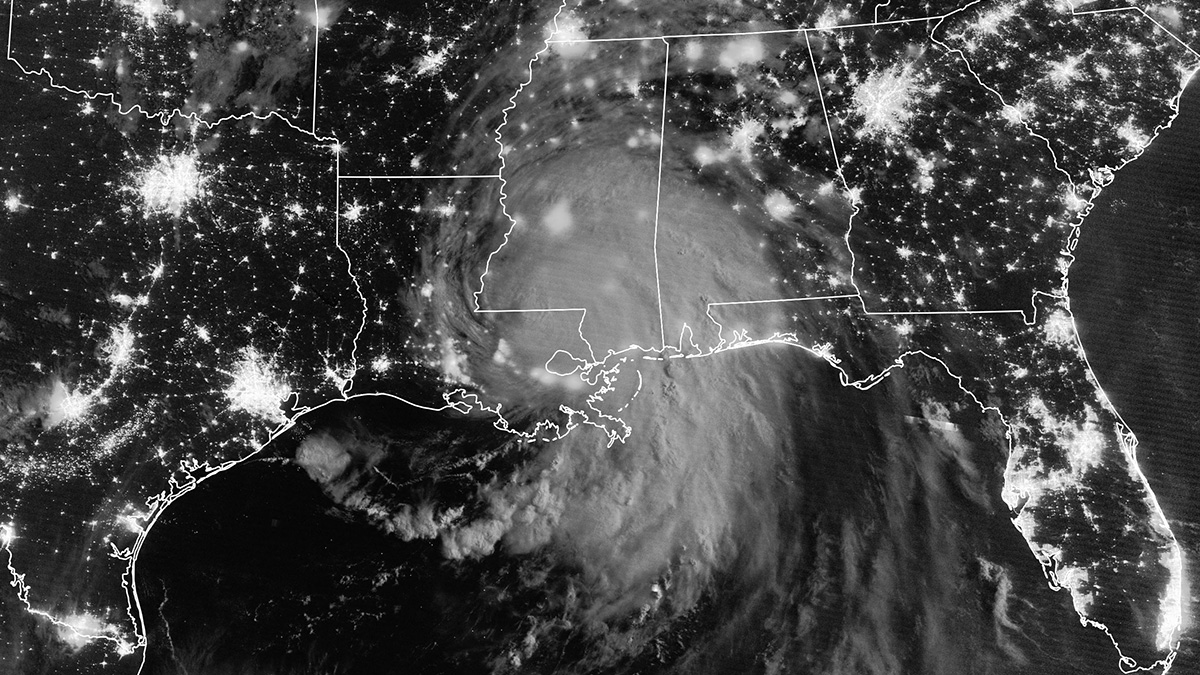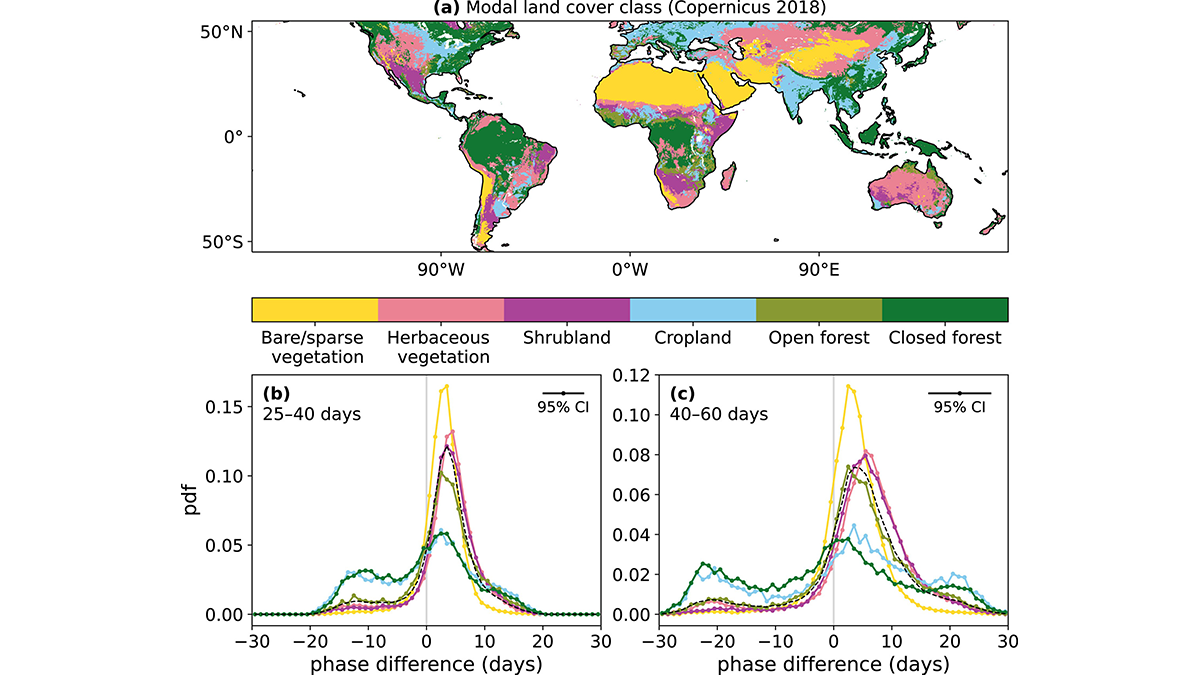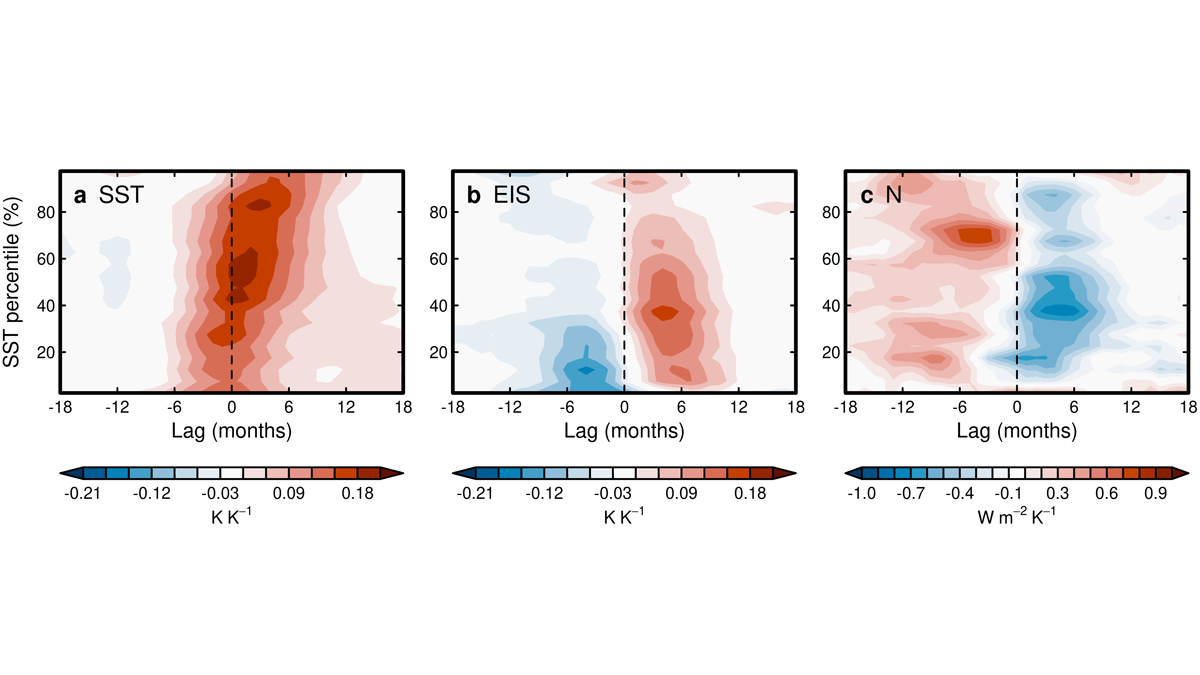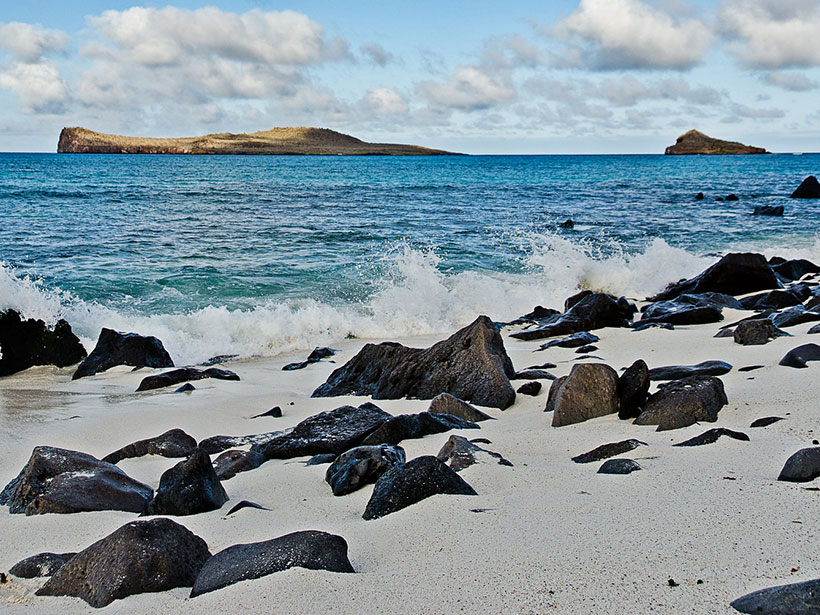A suite of Earth Systems model experiments is used to explore how tropical cyclones influence the frequency, magnitude, and timing of El Niño-Southern Oscillation events.
ENSO
Supercharged El Niño Could Speed Up Southern Ocean Warming
Projected changes to El Niño will likely accelerate warming of the deep oceans around the Antarctic, supplying heat that could drive ice loss and sea level rise.
El Niño Varies More Intensely Now Than in the Past Millennium
Researchers found evidence for a strengthening El Niño in living and fossilized Galápagos corals.
Variability of ENSO Forecast Skill Over the 20th Century
El Niño Southern Oscillation (ENSO) predictability is examined in a new global coupled retrospective forecast ensemble for the 20th Century.
Un nuevo enfoque para un misterio sin resolver en la economía climática
¿Tienen los cambios de temperatura impactos económicos duraderos? Un truco “ingenioso” que identifica tendencias climáticas nos lleva un paso más cerca a abordar esta vieja pregunta en la economía climática.
Quantifying Changes in Midlatitude Subseasonal Prediction Skill
The differences between future and present subseasonal predictability in the Northern Hemisphere provided by the tropics are evaluated using neural networks.
A New Approach to an Unresolved Mystery in Climate Economics
Do shifts in temperature have enduring economic impacts? A “clever” trick identifying climate trends gets us one step closer to addressing this long-standing question in climate economics.
More Frequent El Niño Events Predicted by 2040
Cutting-edge models predict that El Niño frequency will increase within 2 decades because of climate change, regardless of emissions mitigation efforts.
El Niño-Southern Oscillation and Radiation Two-Way Coupling
Changes in sea surface temperature during ENSO events and radiation are related, suggesting a two-way coupling between sea surface temperature and radiation in coupled climate variability.
Tropical Climate Change Is a Puzzle—Could Aerosols Be a Piece?
The eastern tropical Pacific Ocean hasn’t warmed as much as climate change models projected. A new study shows that aerosols in the atmosphere could be responsible.

